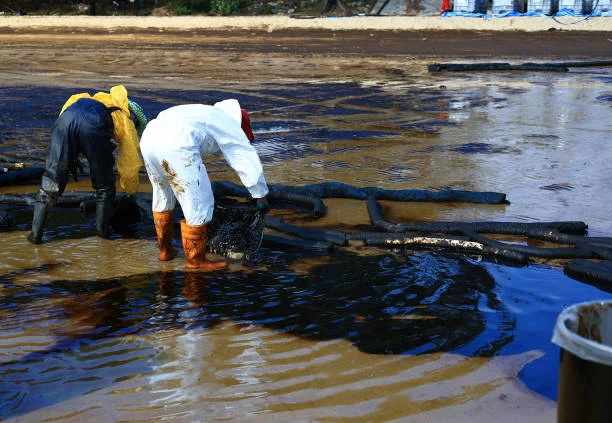
1. Introduction
Sodium cyanide is a highly toxic chemical. When it leaks into water, it can cause extremely serious harm to the ecological environment and human health. Therefore, it is crucial to take prompt and effective emergency response measures. This article will introduce the emergency handling methods for sodium cyanide leakage in water in detail.
2. On - site Control and Alert
2.1. Before the Arrival of Professional Teams
In the event of Sodium Cyanide leakage into water during transportation or storage, if on - site personnel have effective plugging tools or measures and can ensure their own safety, they should carry out plugging operations as soon as possible to control the leakage volume. However, if there are no such conditions, they should immediately report the accident and be responsible for setting up an alert in the accident area.
According to the 2000 edition of the North American Chemical Rescue Guide, when a large amount (more than 200 kg) of Sodium cyanide leaks into water, the emergency isolation radius should be no less than 95 m. In general, on - site personnel need to establish a warning area of about 500 - 10000 m according to the leakage volume of sodium cyanide, the diffusion situation, and the affected area. At the same time, organize personnel to set up alerts along both banks of rivers or around lakes, and strictly prohibit all activities such as water intake, water use, and fishing.
2.2. After the Arrival of Professional Teams
When the fire department or professional emergency response team arrives at the scene, they will take over the on - site control work. They will further assess the situation, strengthen the alert area, and ensure that no unauthorized personnel or vehicles enter the area. They will also use professional equipment to detect the concentration of sodium cyanide in the water and the diffusion range, so as to provide a basis for subsequent treatment measures.
3. Environmental Clean - up
3.1. Building Barriers
One of the first steps in environmental clean - up is to build barriers. For example, building a river - blocking dam along the river can prevent the polluted river water from flowing downstream, thereby reducing the scope of pollution. This requires on - site personnel to quickly determine the appropriate location for building the dam according to the terrain and water flow conditions.
3.2. Chemical Neutralization
After building the barrier, the next step is to neutralize the cyanide ions in the polluted water. A large amount of quicklime (calcium oxide) or calcium hypochlorite can be put into the polluted water body. These substances can react with sodium cyanide in the water to neutralize the cyanide ions and reduce their toxicity. The amount of chemicals added needs to be determined according to the degree of pollution and the volume of the polluted water body. Usually, professional environmental protection personnel will calculate and guide the operation.
If the pollution is severe, it may be necessary to open a new channel upstream to divert the clean water from upstream to bypass the polluted area. This method can dilute the polluted water and reduce the concentration of sodium cyanide in the water to a certain extent.
3.3. Treatment for Micro - soluble or Insoluble Cyanide - containing Substances
If the leaked substance is a micro - soluble or insoluble nitrile liquid (such as some types of nitrile compounds), different measures need to be taken according to its density.
For substances with a density greater than that of water (such as phenylacetonitrile), as soon as possible, a collection ditch or pit should be dug downstream of the leakage point at the bottom of the river or lake. At the same time, a dike should be built downstream of the collection ditch or pit to prevent the leakage from flowing downstream.
For substances with a density less than that of water (such as valeronitrile, phenylacetonitrile), a dike, dam, filter net, or floating fence should be quickly built downstream of the leaked water body to reduce the area of the polluted water body.
4. Water Quality Detection
Regular water quality detection is an essential part of the emergency response process. Detection personnel need to use professional testing equipment to regularly detect the water quality of the polluted area. The main purpose is to determine the scope of cyanide pollution in the water.
If the detected concentration of sodium cyanide in the water exceeds the standard in a larger area than expected, it may be necessary to expand the alert area in a timely manner to ensure the safety of the surrounding environment and people. Water quality detection should be carried out continuously until the water quality returns to normal and meets the relevant environmental standards.
5. Precautions
5.1. Personal Protection
All on - site personnel, including first - responders, clean - up workers, and water quality testers, must wear appropriate personal protective equipment. This includes air - breathing apparatus, fully - enclosed chemical protective suits, and chemical - resistant gloves. Special attention should be paid to preventing the skin from coming into contact with polluted water, as sodium cyanide can be absorbed through the skin and cause poisoning.
5.2. Avoiding Secondary Pollution
During the emergency response process, great care should be taken to avoid secondary pollution. For example, the wastewater generated during the clean - up process should be properly collected and treated. It should not be directly discharged into other water bodies without treatment. All waste materials, such as absorbent materials used to clean up the leakage, should also be properly disposed of to prevent the leakage of sodium cyanide.
5.3. Public Information and Communication
It is necessary to inform the public in a timely manner about the sodium cyanide leakage accident and the progress of emergency response measures. The public should be informed not to use the polluted water and not to eat fish caught from the polluted area. At the same time, water source monitoring should be strengthened, samples should be taken regularly and at fixed points, and the monitoring results should be announced in a timely manner to relieve public panic and maintain social stability.
In conclusion, when sodium cyanide leaks into water, a series of scientific and effective emergency response measures need to be taken immediately. Through on - site control, environmental clean - up, water quality detection, and strict implementation of precautions, the harm caused by sodium cyanide leakage can be minimized to protect the ecological environment and public health.
- Random Content
- Hot content
- Hot review content
- Industrial Grade Sodium Metabisulfite 96.5%
- T-610 collector Salicyl oxime acid derivative Content 3.5%
- Sodium bisulfite 99% High Quality Factory Supply
- Industrial Acetic Acid 99.5% Colorless Liquid Glacial acetic acid
- Toluene
- Dodecylbenzenesulfonic acid
- Phthalic anhydride
- 1Discounted Sodium Cyanide (CAS: 143-33-9) for Mining - High Quality & Competitive Pricing
- 2China's New Regulations on Sodium Cyanide Exports and Guidance for International Buyers
- 3Sodium Cyanide 98% CAS 143-33-9 gold dressing agent Essential for Mining and Chemical Industries
- 4International Cyanide(Sodium cyanide) Management Code - Gold Mine Acceptance Standards
- 5China factory Sulfuric Acid 98%
- 6Anhydrous Oxalic acid 99.6% Industrial Grade
- 7Oxalic acid for mining 99.6%
- 1Sodium Cyanide 98% CAS 143-33-9 gold dressing agent Essential for Mining and Chemical Industries
- 2High Quality 99% Purity of Cyanuric chloride ISO 9001:2005 REACH Verified Producer
- 3Zinc chloride ZnCl2 for High Molecular Weight Polymers Initiator
- 4High Purity · Stable Performance · Higher Recovery — sodium cyanide for modern gold leaching
- 5High Quality Sodium Ferrocyanide / Sodium Hexacyanoferr
- 6Gold Ore Dressing Agent Safe Gold Extracting Agent Replace Sodium Cyanide
- 7Sodium Cyanide 98%+ CAS 143-33-9

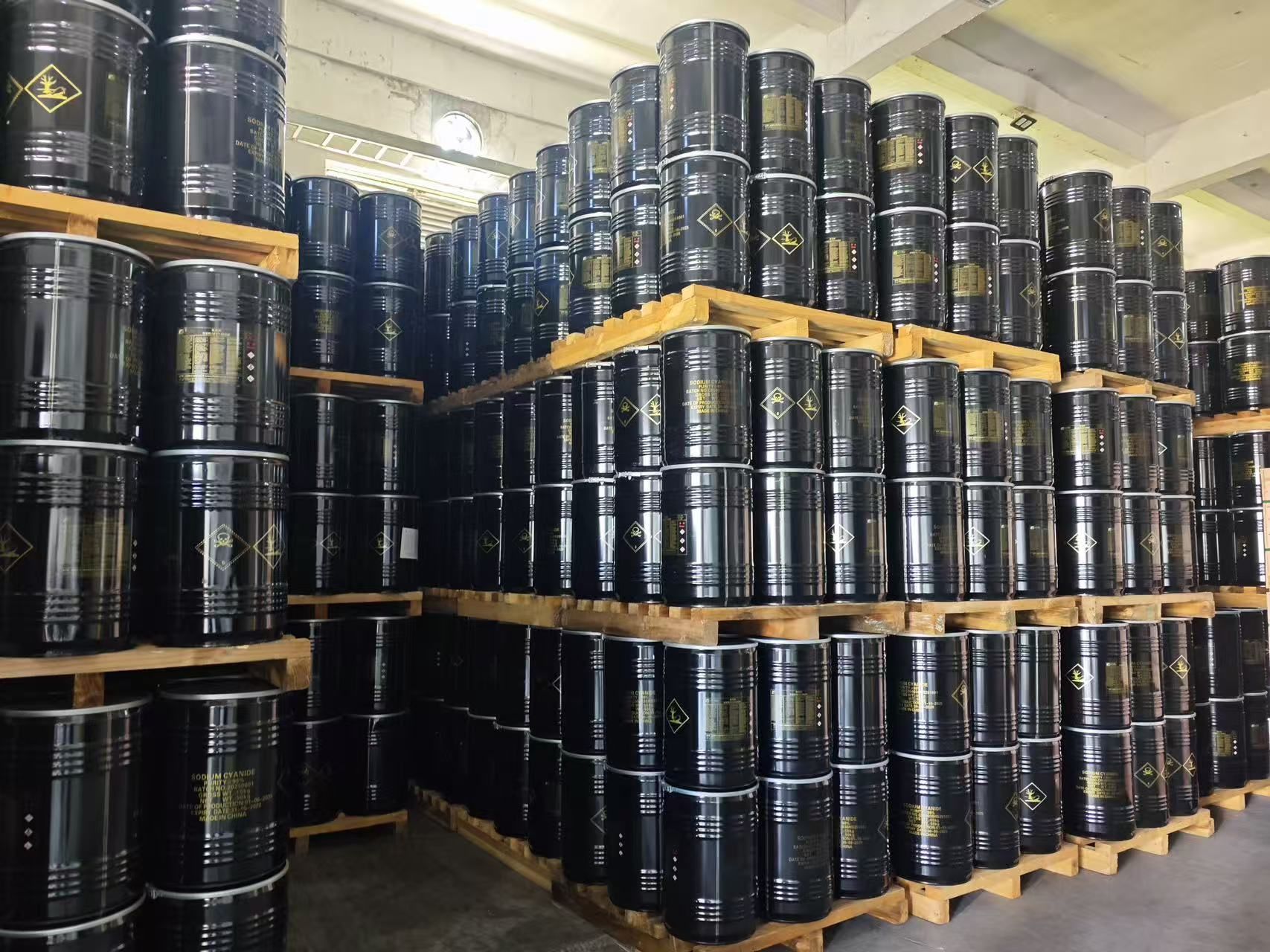
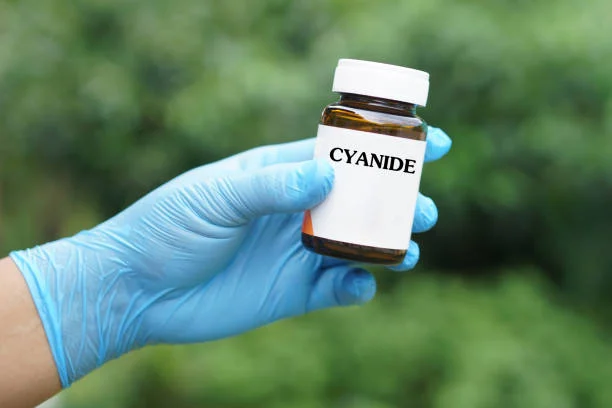
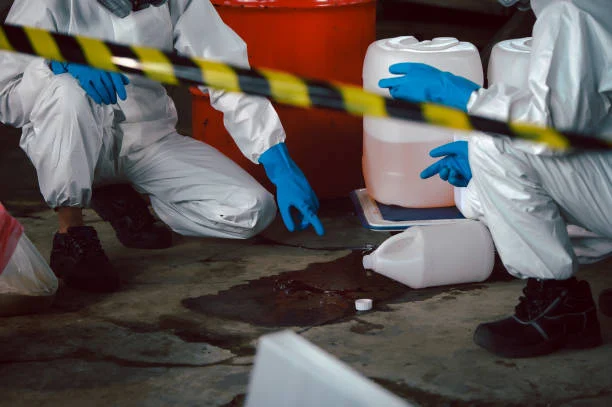
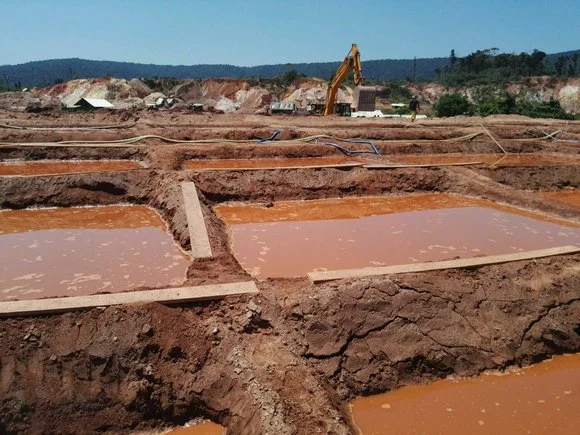
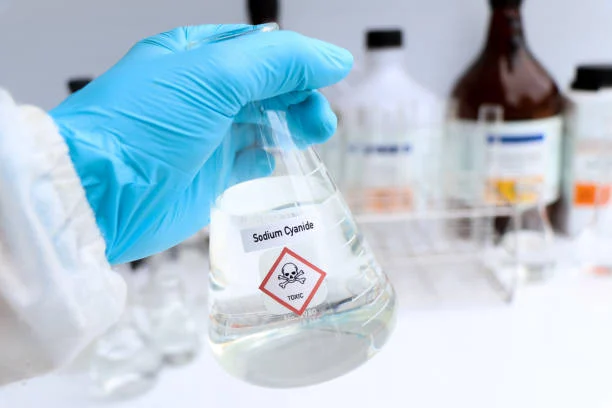
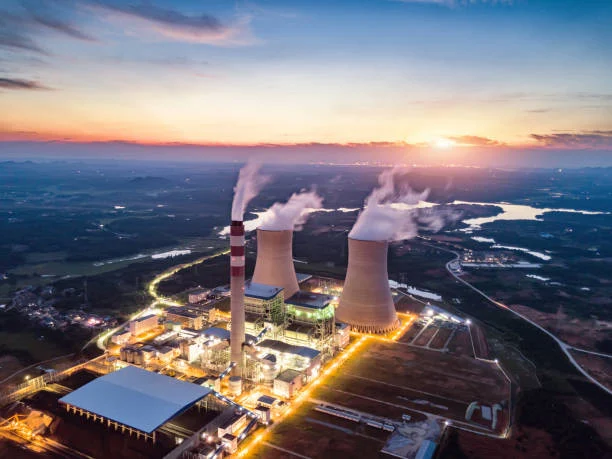

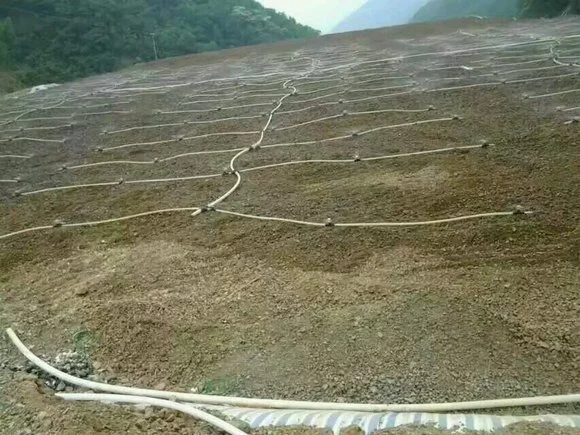


Online message consultation
Add comment: